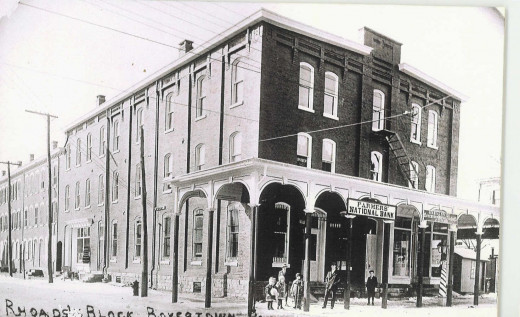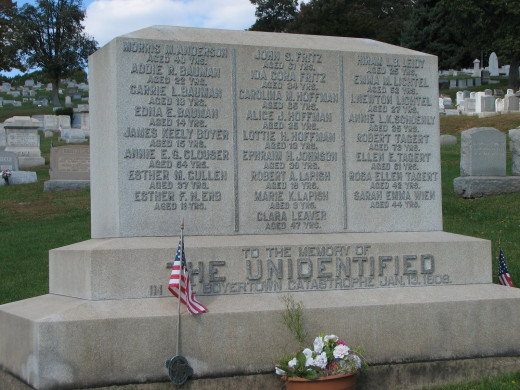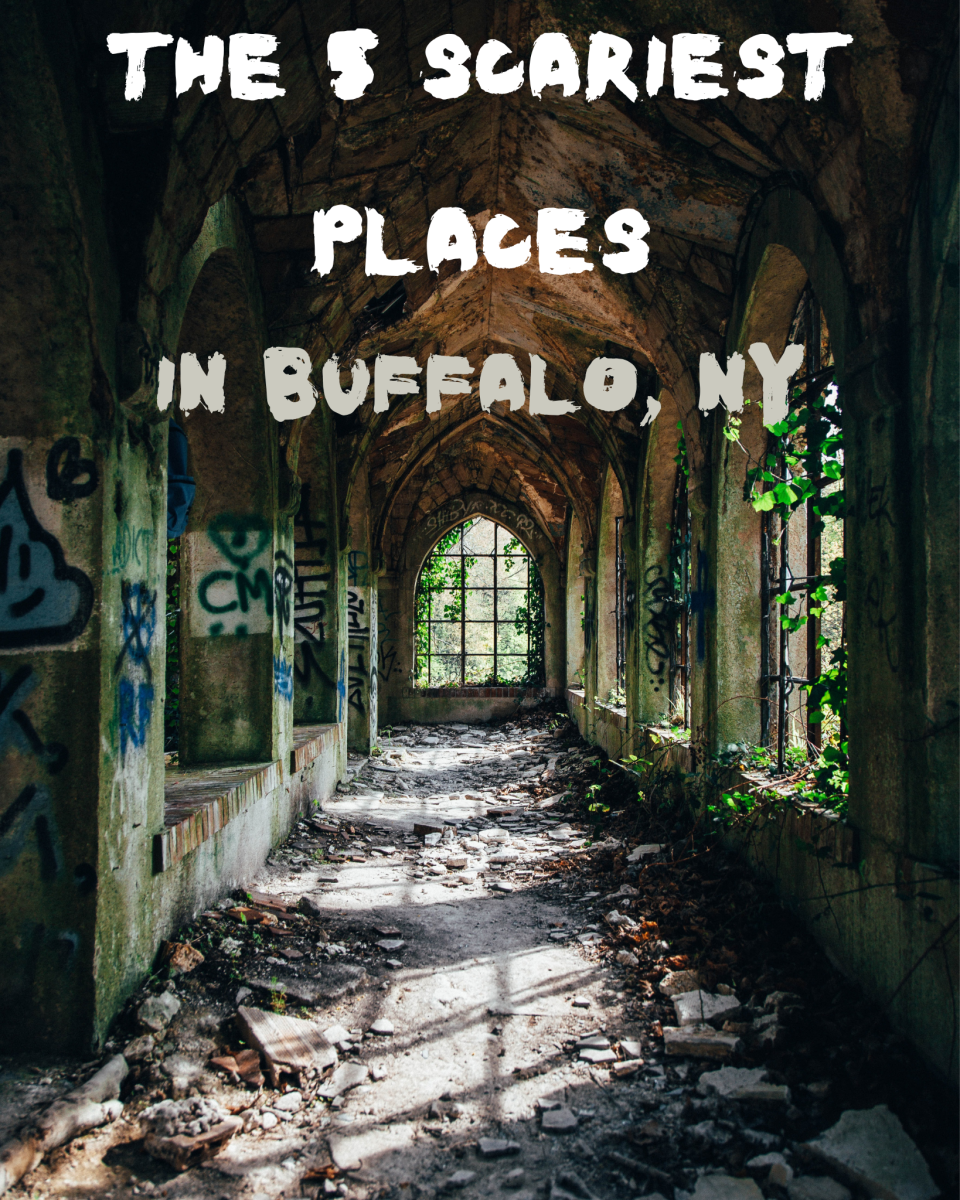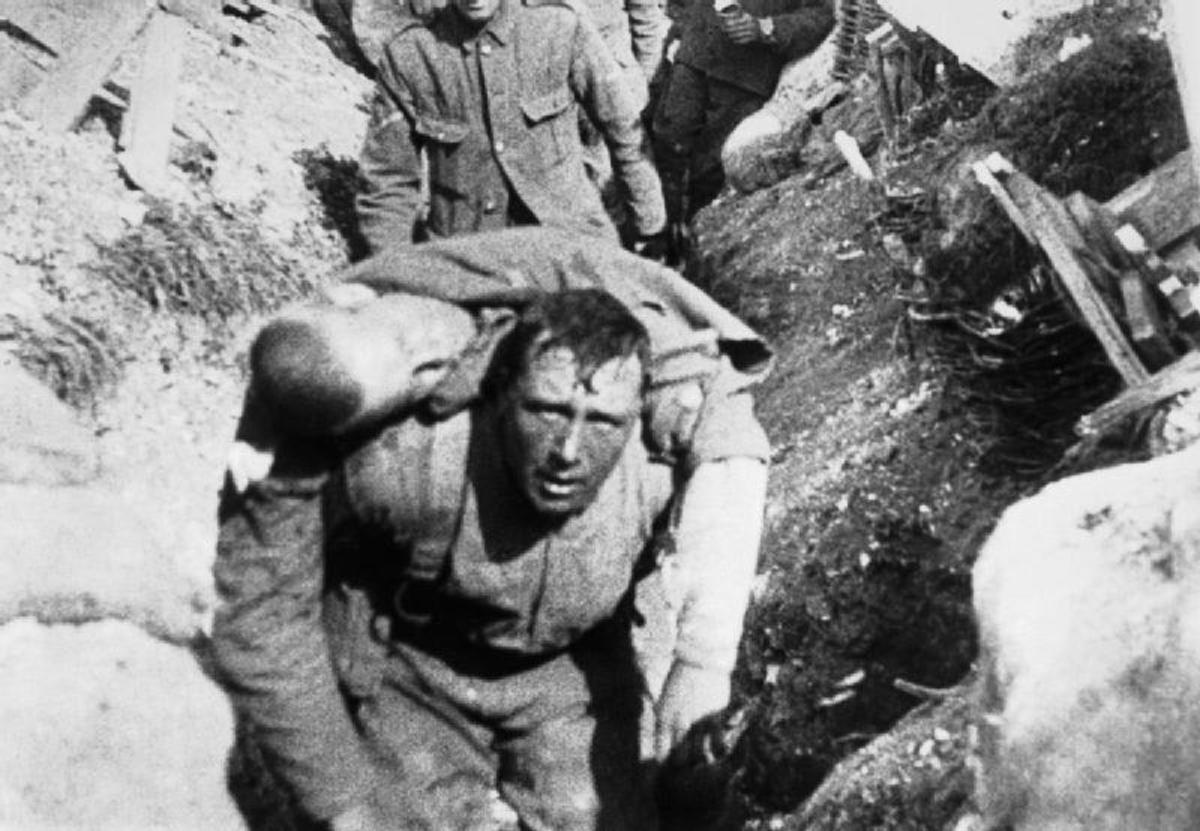- HubPages»
- Education and Science»
- History & Archaeology»
- History of the Modern Era»
- Twentieth Century History
The Rhoads Opera House Fire

Small Town America
In 1908 Boyertown, PA was just another, somewhat typical, small town in America. Located just north of Pottstown, Boyertown is about fifty miles northwest of Philadelphia in BerksCounty. Like many communities its size, Boyertown proper was the center of a larger, more rural area and housed the businesses, churches and other social centers to meet the needs of the local populace. Ironically, the largest employer in town was the Boyertown Casket Company.
January 13, 1908
Members of St. John’s Lutheran Church were putting on their performance of The Scottish Reformation that evening at the Rhoads Opera House and the community was filled with much anticipation. The play was the highlight of the winter social calendar and 312 friends and family of the performers filled the seats. Everyone was squeezed into the second-floor hall of the building which was a three-story structure in the middle of Boyertown. The hall did not have electricity so the stage lighting was fed by five gallon drums of kerosene at the foot of the stage.
As some fifty members of the church began setting up for the third act – the execution of Queen Mary – the audience sat and waited. Accounts vary at this point but there was some type of disturbance in the audience. Some attribute the disturbance to a scream from a member of the audience when the turning of a wrong valve created an audible, prolonged hissing sound. Cast members lifted the curtain to see what had happened and in the process one of the kerosene lanterns was knocked over. This ignited a small fire on stage which was almost under control when, in an attempt to move the barrels of kerosene away from the stage, one of the barrels ruptured and kerosene poured into the fire. With the stage being all wood the small fire quickly turned into a conflagration.
In the ensuing panic people rushed to the exits but were unable to escape as the mass of bodies crushed against the inward opening doors creating a bottle neck. The greatest number of bodies was found at the main doors piled five and six deep. There were fire escapes attached to the exterior of the building but were unmarked and access to them was through windows three feet above floor level. It quickly became a struggle which only the strong had any hope of surviving. Within an hour 170 people were dead and another seventy-five seriously injured.
The Boyertown Fire Company arrived five minutes after the alarm was first reported. They found other townspeople trying to pull trapped theater-goers through the doors and to safety. They immediately began hosing down the building but the fire could not be stopped. It wasn't long until the roof fell in and the flames were not brought under control for several hours. Miraculously, more than one half of the people inside at the time of the fire made it out.
The coroner noted that many of the bodies were incinerated from the waist up leaving the lower part of their bodies intact. This was further evidence the fire had swirled over the victims as they were crushed together. Twenty-five bodies could not be identified and are interred in individual graves with a common headstone. Children were orphaned and whole families were wiped out; virtually everyone in Boyertown lost either a relative or someone they were close to.

The Aftermath
The Rhoads Opera House fire was one of several in the early 1900s that helped spotlight the inadequacy of fire safety laws. The news of the fire spread nationwide and had a sobering impact. The flaws in the construction of the building that led to the disaster caused Governor Edwin Stuart to sign Pennsylvania’s first comprehensive fire safety law on May 3, 1909. The Pennsylvania legislation created standards for doors, landings, exits and other features of public buildings. Combustible stage curtains and kerosene lighting were banned from all theaters This legislation served as a model for other states.
The Rhoads Opera House fire was one of the worst fire disasters in the history of the United States and, though it is of little solace to the victims and the people of Boyertown, was a major catalyst in fire prevention safety and the preserving of future lives.






